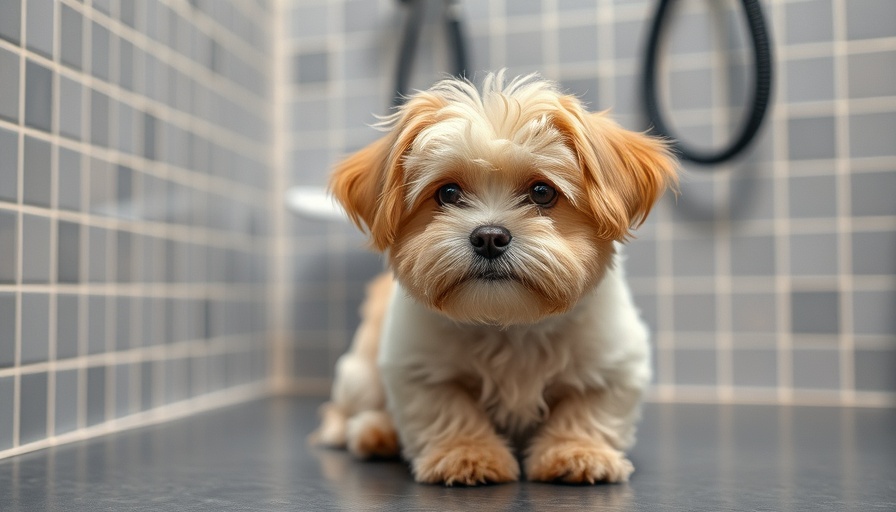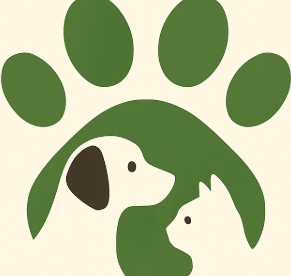
Understanding the Challenges of Senior Dog Grooming
Grooming senior dogs can often present unique challenges, especially when it comes to the needs and preferences of older pets. Take Dave, a 15-year-old Maltese/Shih Tzu mix, for example. His experience at the grooming salon highlights not only the importance of grooming but also the sensitivity required in handling older pets. As they age, like humans, dogs may develop conditions such as arthritis, dental issues, and behavioral changes that can complicate the grooming process. Owners should remain mindful of these factors and approach each grooming session with patience.
In 'Fast fwd Difficult Groom, Senior Maltese/Shih-Tzu, fidgety, difficult with paws, dog grooming,' the video explores the unique challenges of grooming senior dogs, prompting us to delve deeper into best practices for pet owners.
Tips for Keeping Your Senior Dog Comfortable During Grooming
Maintaining a calm environment is crucial for senior dogs. Here are some tips that pet owners can follow to ensure their furry friends are comfortable during grooming sessions:
- Familiarization: Take your dog to the grooming space to explore it a few times before grooming day. Allow them to sniff and feel comfortable in their surroundings.
- Gentle Handling: Be gentle when handling their paws, ears, and face, as older dogs may experience discomfort or pain in these areas.
- Short Sessions: Break grooming tasks into shorter sessions. This will prevent fatigue and help keep your dog relaxed throughout the process.
- Use the Right Tools: Choose grooming tools suited for sensitive skin, and consider using scissors for areas where clippers could be uncomfortable.
Recognizing Behavioral Changes and Responsive Grooming
As pets age, their behavior can evolve. Dogs like Dave may become fidgety or anxious due to physical discomfort or because they become more aware of their surroundings. This requires groomers to adapt their methods to ensure safety and comfort. Watching for signs of stress—like growling or trying to escape—can help groomers readjust their techniques. Using breaks effectively can help manage stress levels, as noted in grooming sessions that involve a gentle, reassuring touch and a calm voice.
How Pet Owners Can Prepare for Grooming
Preparation is essential for a successful grooming experience for your senior dog. Start by:
- Regular Brushing: Keep your dog's coat tangle-free by brushing them frequently. This can make grooming easier and less stressful.
- Veterinary Care: Schedule regular check-ups to monitor health issues that may affect grooming, such as arthritis or dental problems.
- Positive Reinforcement: Use treats and praise to associate grooming with positive experiences, making the dog more cooperative during sessions.
Bringing any concerns or specific needs to the groomer before the grooming session will help tailor the experience for your pet. Communication is key, allowing the groomer to adjust their approach.
The Rewards of Grooming for Senior Dogs
Grooming not only maintains the physical health of senior dogs like Dave but also provides them with emotional comfort. A well-groomed dog is less likely to develop skin infections, painful mats, or other health issues as they grow older. With regular grooming, not only do they feel good, but they also look good, boosting their spirits as they age. It’s often through grooming that owners can observe any changes in their dog’s health, leading to early detection for other underlying concerns.
Ultimately, grooming is an essential aspect of pet care that should be embraced and adapted as dogs age. Caring for our furry companions as they transition into seniority is about understanding their new needs and accommodating them with love and patience. With each grooming session, you help your pet feel their best. So, take the time to learn about your dog's grooming needs and make it a positive experience for both of you.
 Add Row
Add Row  Add
Add 




 Add Row
Add Row  Add
Add 

Write A Comment